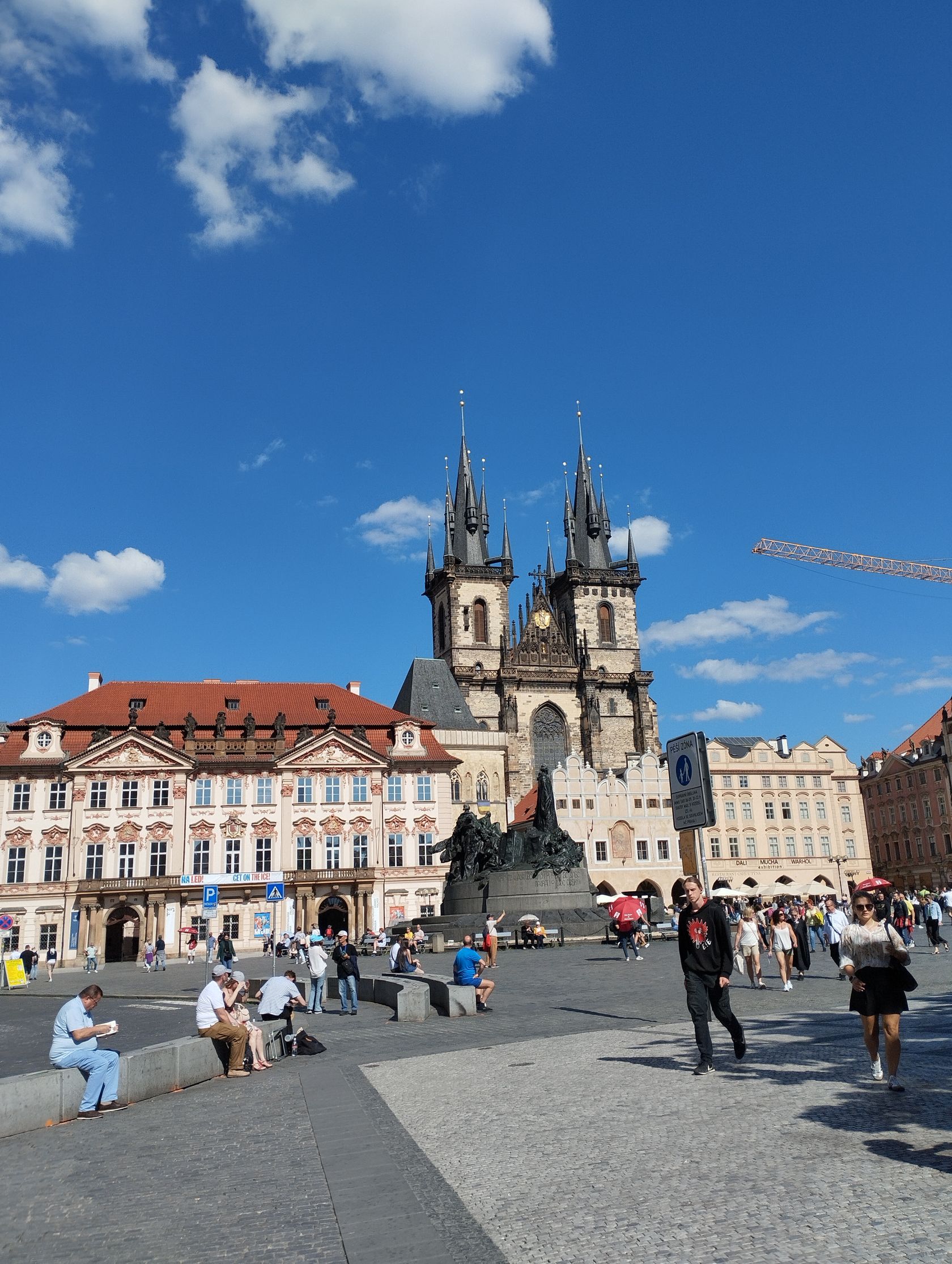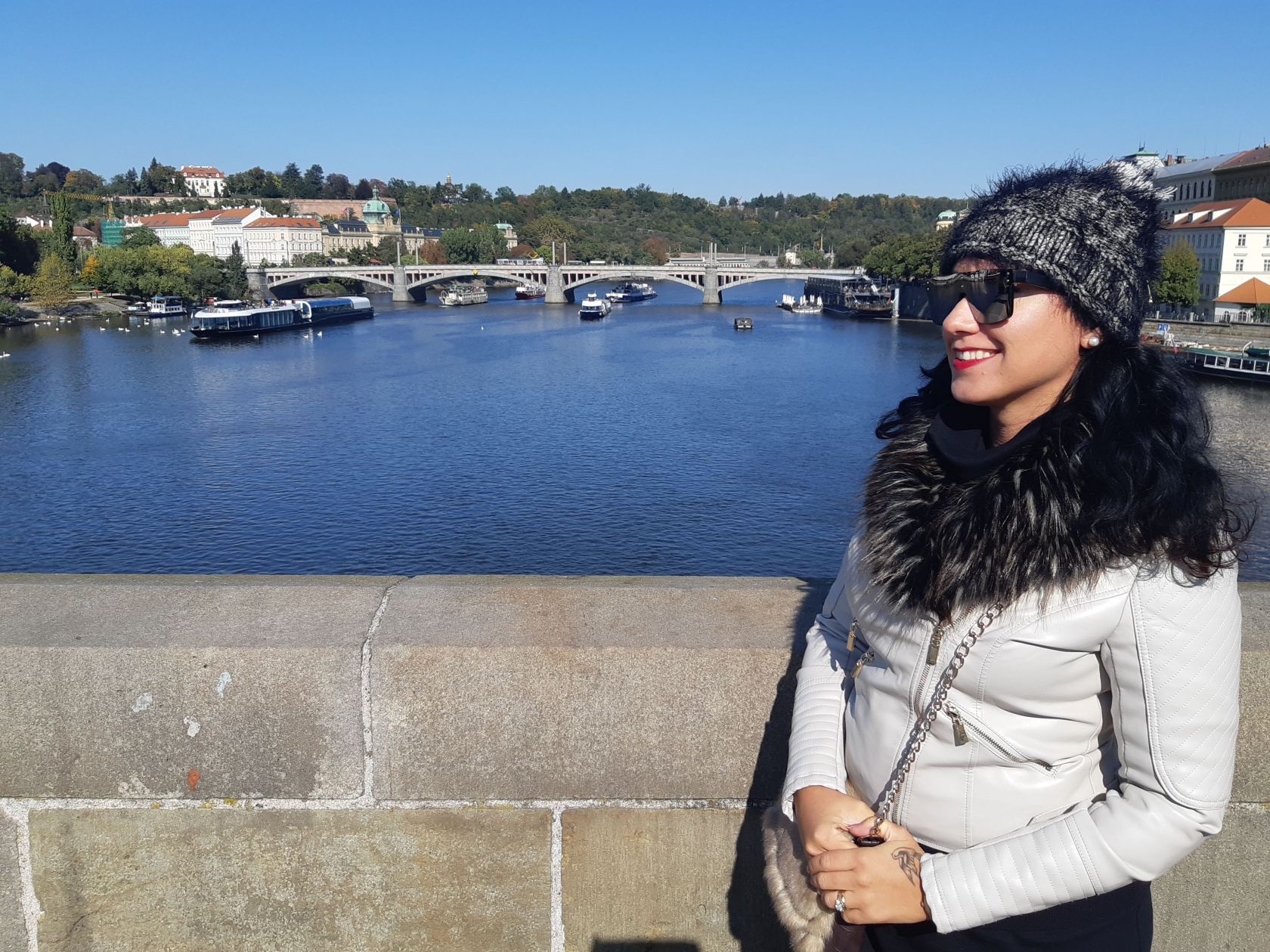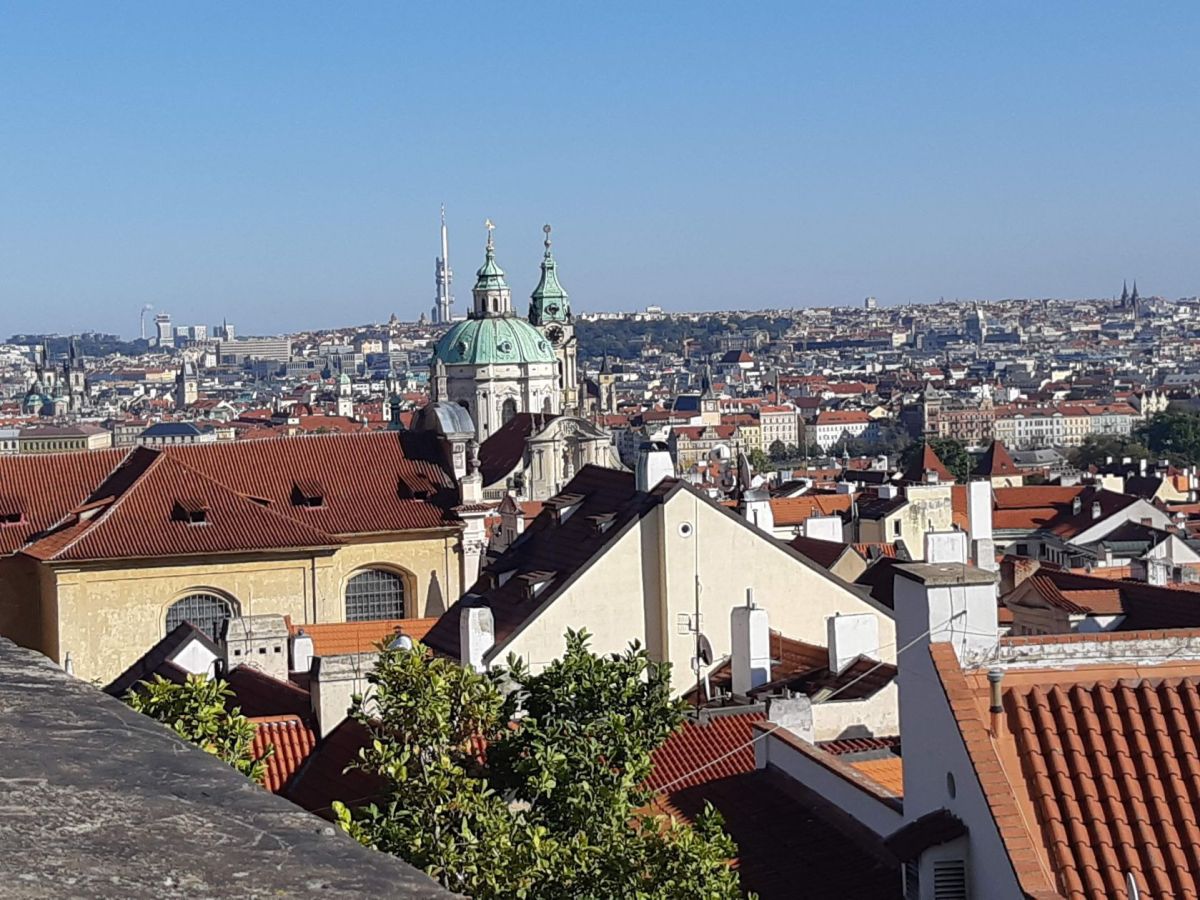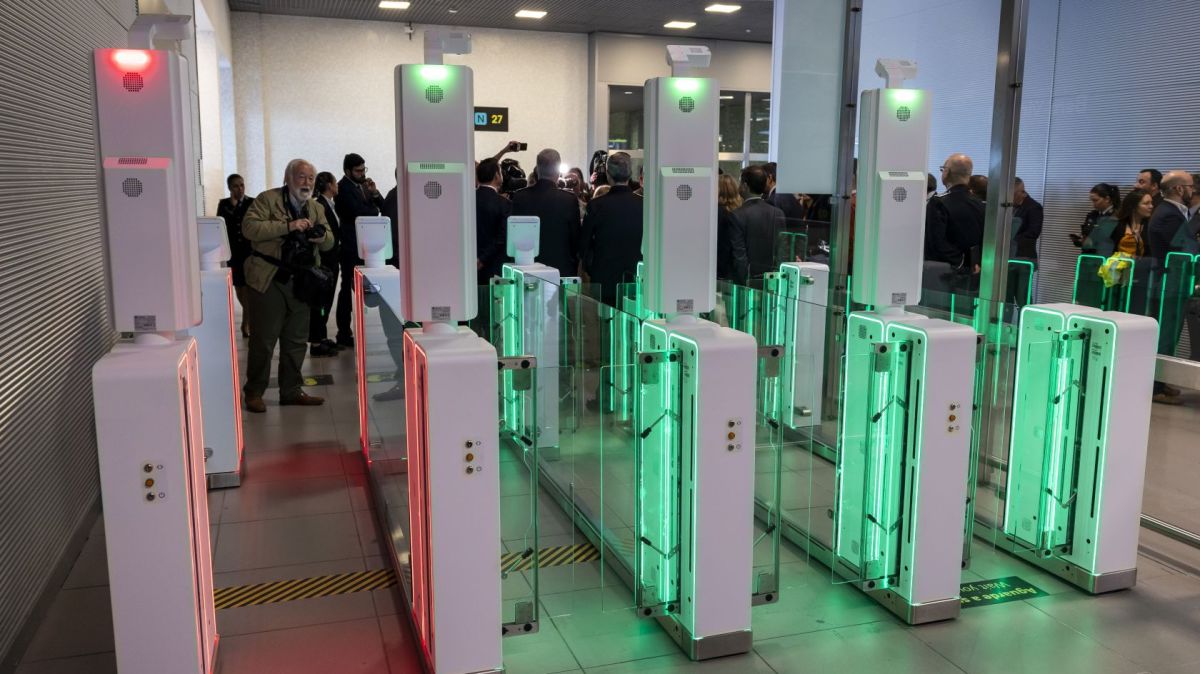Prague is not only a beautiful architectural gem, but also one of the most cultural cities in the world.
It holds a special place in my heart, as a part of my family comes from a little town near Prague. I have visited Prague numerous times, and each time I stay, I am fascinated by the cobblestone streets, quaint medieval houses and by the incredible charm and history this city has.
There is so much to see and do in Prague, I would say you need at least four days to see the main attractions and get a sense of the city’s culture.
Among other things, Prague is known for its medieval squares, Gothic cathedrals, romantic bridges, cobblestone walks, castles and stunning architecture.
Whether you’re wandering through the historic Old Town Square, taking in the views from Prague Castle, soaking up the local culture in its personality-filled neighbourhoods or trying traditional Czech cuisine, this city is endlessly captivating.
Prague also belongs to one of the greenest capitals in Europe, having one of the best public transport systems in the world and numerous verdant spaces. Thanks to its compact size, Prague is also easily walkable and can be comfortably enjoyed on foot, with most of the central districts remaining closed to all vehicular traffic. Alternatively, the metro’s green line connects major sights and is also an affordable and efficient option.
Let’s have a look at a few of the main attractions for first-time visitors:
Prague Castle
Prague Castle is the largest ancient castle complex not only in the Czech Republic, but anywhere in the world, according to the Guinness Book of World Records. The castle consists of a huge complex and requires a lot of walking, so I recommend wearing comfortable shoes. It is a UNESCO World Heritage Site and features a variety of buildings from different architectural eras.
Charles Bridge
The Charles Bridge is one of the most photographed sites in Prague, and for a good reason.
It’s one of the most beautiful monuments in the world. The best time to visit is early in the morning when the bridge is bathed in soft light and the crowds are minimal. As you stroll, take your time to admire the thirty statues and sculptures of saints that line the bridge. They represent great personalities of European and global history, each of whom somehow moved the world and changed it for the better. This gives Charles Bridge a mystical aura and a touch of spirituality, as if the bridge itself were an open-air temple enclosed by its towers. It is also a place where artists, musicians and caricaturists gather to show their work.

Old town hall with astronomical clock
An icon of the Czech Republic, a national cultural heritage site and a symbol of Prague’s history.
Orloj is a unique astronomical clock, where every hour between 8 am and 11 pm, the twelve apostles appear. It can get really crowded at this time, but if you wait a few minutes, the masses move on to their next attraction and you can get a better view, take some photos or take an elevator ride to the top of the Town Hall Tower, which offers a beautiful view of the whole city.
Golden Lane
Nestled among the courtyards of Prague Castle, Golden Lane is an unforgettable place, which I visited for the first time as a small child, and it has stayed in my memory ever since. But 30 years ago, Prague wasn’t as touristic as it is now, and there was no charge to visit this street. Because it was getting too crowded, a turnstile was added at the beginning of the street, and visitors now need to purchase a ticket.
Still, I strongly recommend visiting this ancient path to a collection of the city’s tales and legends. The street is lined with colourful little houses, which nowadays have turned into shops and museum rooms, but it still feels like stepping into a storybook.
Wenceslas Square
Wenceslas Square looks more like a long boulevard, not really as a square, and is dominated by the statue of St Wenceslas, which reigns over the entire area.
It has been the backdrop for some significant moments in Czech history, including the founding of Czechoslovakia in 1918 and the Velvet Revolution in 1989, when Communist rule over Czechoslovakia came to an end. The square became the key venue where mass demonstrations took place.

Even today, it is often possible to witness different meetings and demonstrations.
It is also a central shopping and commercial area of Prague, with a mix of high street stores, hotels, clubs and touristy cafés and restaurants.
Parizska street
If you need a break from sightseeing, you can visit “Parizska street”, the most luxurious street in Prague, which was meant to be the beginning of the Champs Élysées of Prague. Its numerous boutiques include luxury brands as Louis Vuitton, Gucci, Cartier, Christian Dior, Rolex or Bulgari.
John Lennon Wall
Toward the end of Communism in the 1980s, students started writing John Lennon lyrics representing freedom on this wall. Today, this wall represents love and peace. Tourists are allowed to write or paint on it too, and because of this, it has turned into an ever-changing canvas.
Slovanic Island
The Vltava River, which runs through Prague, is adorned with thirteen islands of different sizes. Some of them are busy in the summer with festivals, concerts and cultural events.
Personally, my favourite (there are many, but to choose one) is Slovanic Island with a lot of green space. Here you can rent a paddle boat, have a picnic or visit an art gallery.
Trdelník
When you think of Czech food, Trdelník is likely one of the first things that comes to mind. Chimney Cake, or ‘Trdelník,’ is a dough-based funnel cake found in various Eastern European countries. Often coated simply with sugar and cinnamon, it can be topped with a range of fun and adventurous fillings and toppings. You can’t come to the Czech capital without trying one!
Arriving Prague
Václav Havel Airport Prague continues to expand the number of direct routes to and from the city for areas not only in the region, but also internationally, making it easier for visitors.
Overall, Prague is a very compact and walkable city, with all the monuments, venues, and historic buildings near each other, connected by one of the world’s best public transportation systems. All of this combines to make the city a very attractive destination with an incredible food scene, tons of energy, and all-around good vibes.
















